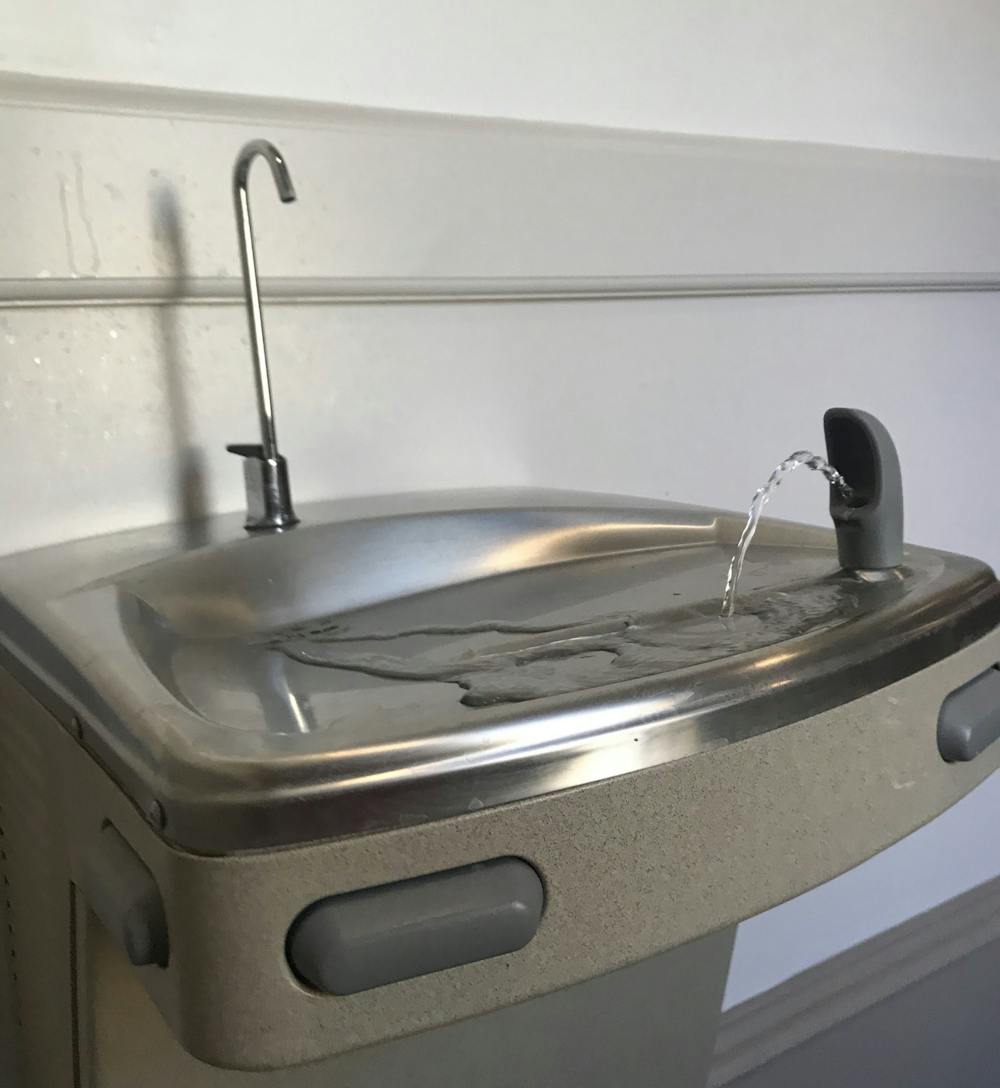A report released on Oct. 23 by the Environmental Working Group (EWG) found 31 contaminants in the town’s water between 2012 and 2017, including some known to cause cancer, hormonal disruptions, nervous system damage, and other health problems. The study was approached with skepticism by both New Jersey American Water and University professors and administrators.
The report contains results from a survey of almost 50,000 local utilities across the country and identified more than 270 contaminants nationwide. Although levels of these contaminants adhere to the federal legal limits set by the Safe Drinking Water Act and the Environmental Protection Agency (EPA), the report claims that these limits may be outdated and do not reflect the latest research. In addition, over 160 contaminants discovered are currently unregulated by the EPA, which has not updated its list of such potentially harmful substances in more than 20 years.
New Jersey American Water, which supplies Princeton’s drinking water, stood behind their water quality record in a statement to Patch. They went on to state that they were aware of the contaminants reported by EWG, and that most are disinfectants or at levels far below the standards set by drinking water guidelines.
"At New Jersey American Water, we take water quality and safety very seriously,” the statement read. “Our treatment processes ensure our systems meet or surpass all current EPA and NJ DEP standards for safe drinking water, and we continually sample our water to ensure compliance.”
At the University, drinking water quality is monitored by the Office of Environmental Health and Safety (EHS) to ensure compliance with federal, state, and local guidelines. The standards used by EWG raise some doubt from both EHS and other University professors.
“The EWG often cites scientific studies that are questionable — either not peer-reviewed or not repeatable — or emphasizes outlier data,” Robin M. Izzo, Executive Director of EHS, wrote in a statement to The Daily Princetonian.
“For this reason, Princeton University EHS does not use their thresholds as a guide,” she added.
Instead, they use recommendations from the World Health Organization, the EPA, and other countries as guidelines.
Catherine Peters, Chair and Professor of the Department of Civil and Environmental Engineering, also expressed her concerns about the study.
“In the Patch article, there are some claims that seem dubious, and I am unsure of the veracity of the claims and whether they can be substantiated,” Peters wrote in an email to the ‘Prince’. Peters also added that although it is important to safeguard human health and raise environmental concerns when appropriate, there are also dangers associated with environmental alarmism.
“Misrepresentation of environmental risks has serious consequences for public welfare,” she wrote.
NJ American Water-Raritan served 615,430 people during the time the study was conducted, including the University. The company monitors its water quality routinely, and issues an annual report for all its customers.

Peter Jaffé, the William L. Knapp ’47 Professor of Civil Engineering, explained that the current EPA standards regulate drinking water so that no more than one additional person per 100,000 develop cancer from carcinogenic contaminants.
“It is true that, because of limitations on how to do these large toxicological studies, the EPA focuses on common contaminants, and there could be some exogenous contaminant that rarely appears and is not regulated,” Jaffé added. “But there is already a long list of contaminants that the EPA does regulate, contaminants that are much more likely to occur in industrial or household usage.”
“The vast majority of water quality tests conducted by EHS over the years have found drinking to be within thresholds set by the Environmental Protection Agency,” Izzo, wrote in a statement to the ‘Prince.’
As technology improves, the ability to measure even trace contaminants increases, as well as efforts to remove them. However, removal procedures can themselves introduce by-products, and the EPA and other regulators must weigh the costs and benefits of any treatment procedure.
The reported contaminants include poly-fluorinated substances (PFAs), arsenic, and chemicals derived from pesticides or runoff from fertilized farmland. Some of these are on the EPA Drinking Water Contaminant Candidate List and exceed the standards of the EWG for contaminant levels in drinking water.
Jaffé pointed out, however, that the EWG set their standards significantly lower than those of the EPA without fully justifying them.
“[The EWG] claims that the EPA numbers are outdated, and I cannot comment on that — some numbers have not changed in a long time, while others have changed and become smaller,” Jaffé said. “But you have to look at risk holistically; it’s no use looking at one particular contaminant and trying to bring its risk to zero.”
Lead is a particular area for concern in New Jersey due to the age of water delivery systems. The University conducts surveys for lead in drinking water every five years on campus and every three years for the University NOW Day Nursery, a daycare center. Tests for lead content are also regularly conducted in response to concern from the community.
The most recent campus-wide survey was done in August and September of 2016. EHS staff collected 77 samples from drinking water fountains, water-bottle filling stations, and faucets across campus, including residential halls, athletic facilities, and academic and administrative buildings. Concentration of lead in all samples was found to be under the EPA Action Level of 15ug/L.
According to the EHS statement, the taste of drinking water may vary across campus depending on what is used to treat the water and the plumbing, construction, and maintenance activities occurring in the area.
“EHS works with Facilities to prevent and respond to concerns regarding drinking water such as these,” the statement read.








